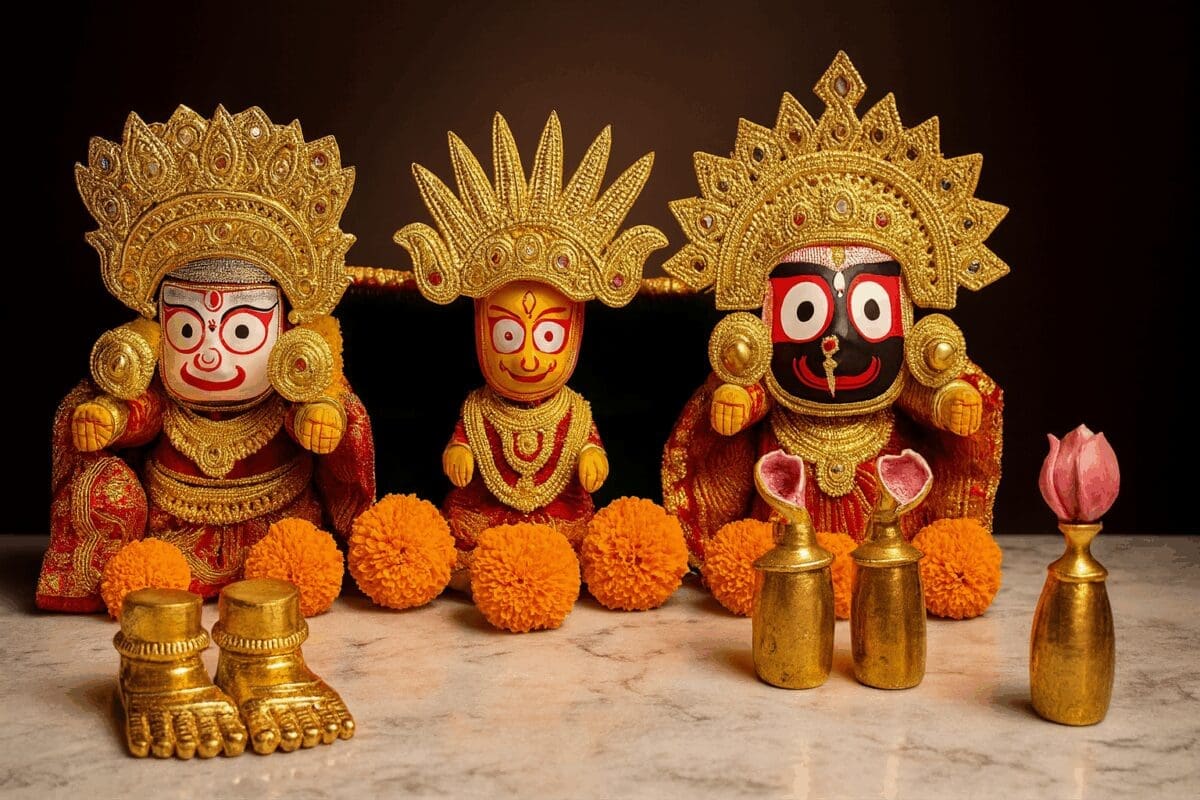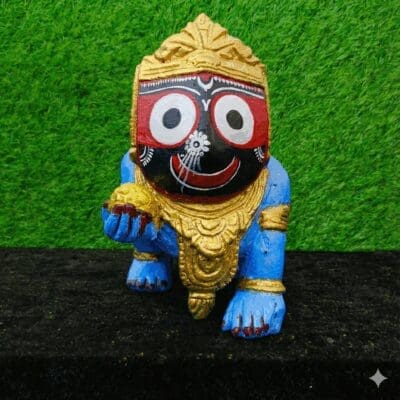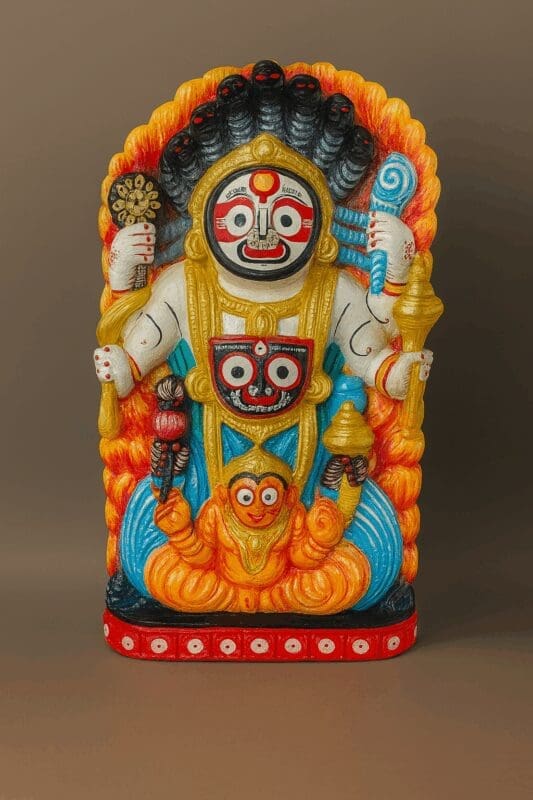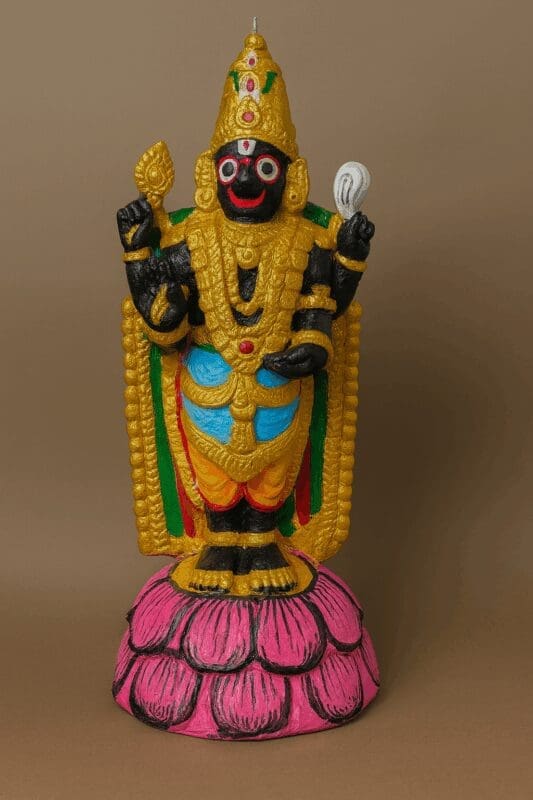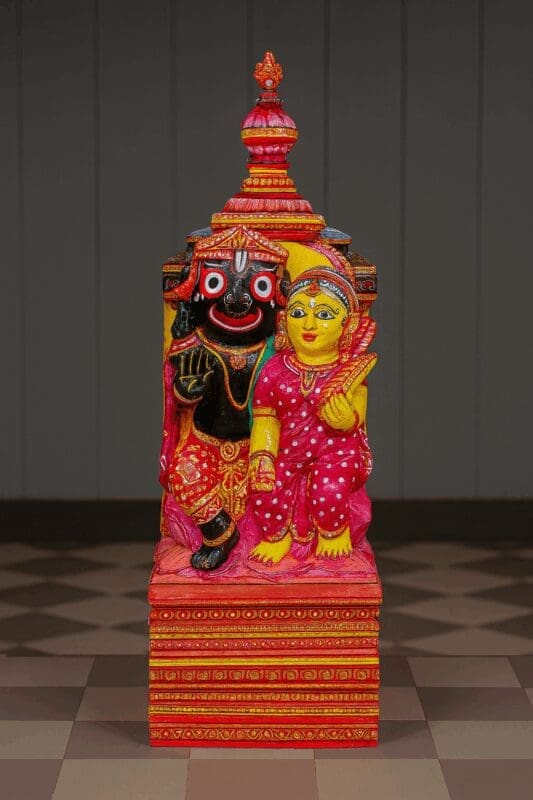History of shri Jagannath mahaprabhu
The Advent of Viṣṇuism in Orissa: A Journey Through Time

The Advent of Viṣṇuism in Orissa
Orissa, a state on the eastern coast of India, is known for its rich and vibrant culture, particularly its religious traditions. The state is home to the Jagannatha Temple, one of the most important Hindu temples in India, dedicated to Lord Jagannatha, a form of the god Vishnu.
The advent of Viṣṇuism in Orissa is a complex and fascinating story. It is believed that Viṣṇuism first arrived in Orissa in the 4th century CE, during the Gupta period. The Guptas were a powerful dynasty that ruled over much of northern India, and they were devout followers of Viṣṇuism.
During the Gupta period, several temples dedicated to Vishnu were built in Orissa. The most famous of these temples is the Jagannatha Temple in Puri. The temple is believed to have been built by King Anantavarman Chodagangadeva in the 12th century.
The Jagannatha Temple is a unique and beautiful structure. The temple complex is spread over an area of about 10 acres, and it is surrounded by a high wall. The main temple is a towering structure, and it is topped by a large dome. The temple is also home to several other shrines, including the Vimala Temple and the Lakshmi Temple.
The Jagannatha Temple is a major center of Hindu worship. The temple is home to a large number of priests, and it is also a major pilgrimage site. The temple is also known for its annual Rath Yatra festival, which is one of the largest religious festivals in the world.
The arrival of Viṣṇuism in Orissa had a profound impact on the state’s culture and history. Viṣṇuism became the dominant religion in Orissa, and it continues to be an important part of the state’s identity today.
The Spread of Viṣṇuism
After the Guptas, several other dynasties ruled over Orissa, and they were all devout followers of Viṣṇuism. These dynasties continued to build temples dedicated to Vishnu, and they also patronized the Jagannatha Temple in Puri.
In the 16th century, the Mughal emperor Akbar conquered Orissa. Akbar was a tolerant ruler, and he allowed the Hindus to continue practicing their religion. However, Akbar’s successors were not as tolerant, and they persecuted the Hindus.
In the 18th century, the British East India Company conquered Orissa. The British were also tolerant rulers, and they allowed the Hindus to continue practicing their religion. However, the British also introduced Christianity to Orissa, and this led to a decline in the popularity of Viṣṇuism.
Despite the challenges, Viṣṇuism has survived in Orissa. The Jagannatha Temple in Puri continues to be a major pilgrimage site, and it is visited by millions of people each year. Viṣṇuism is still an important part of the state’s identity, and it is likely to continue to be so for many years to come.
Conclusion
The advent of Viṣṇuism in Orissa is a complex and fascinating story. Viṣṇuism has played an important role in the state’s culture and history, and it continues to be an important part of the state’s identity today.








